Artisan’s abode
Cultivated to provide an unmatched luxurious experience
Artisan’s abode
Cultivated to provide an unmatched luxurious experience
Diamonds made better
Sustainable diamonds cultivated above the earth through the process of CVD or Chemical Vapour Deposition, our ‘better diamonds’ continue to give you an unmatched taste of luxe living.
Our CVD diamonds represent luxury just as much as mined diamonds. They are birthed from the same growth process and chemical composition. Better diamonds are of higher quality, crafted with utmost finesse and sustainable unlike their traditional counterparts.
Truly Better Diamonds in every sense!
1


Sowing the Seed of Brilliance
A diamond seed is sown and placed in a plasma reactor.
Nurturing Growth and Our Planet
Like the earth’s crust and mantle, the plasma reactor creates an environment of intense temperature and pressure with infused gases.
2


3


Harvesting for the Sustenance of the Environment
A few hundred hours of exposure in the plasma reactor nurtures the seed into rough diamonds which are then taken out for further processing and refining.
Anatomy of a Diamond

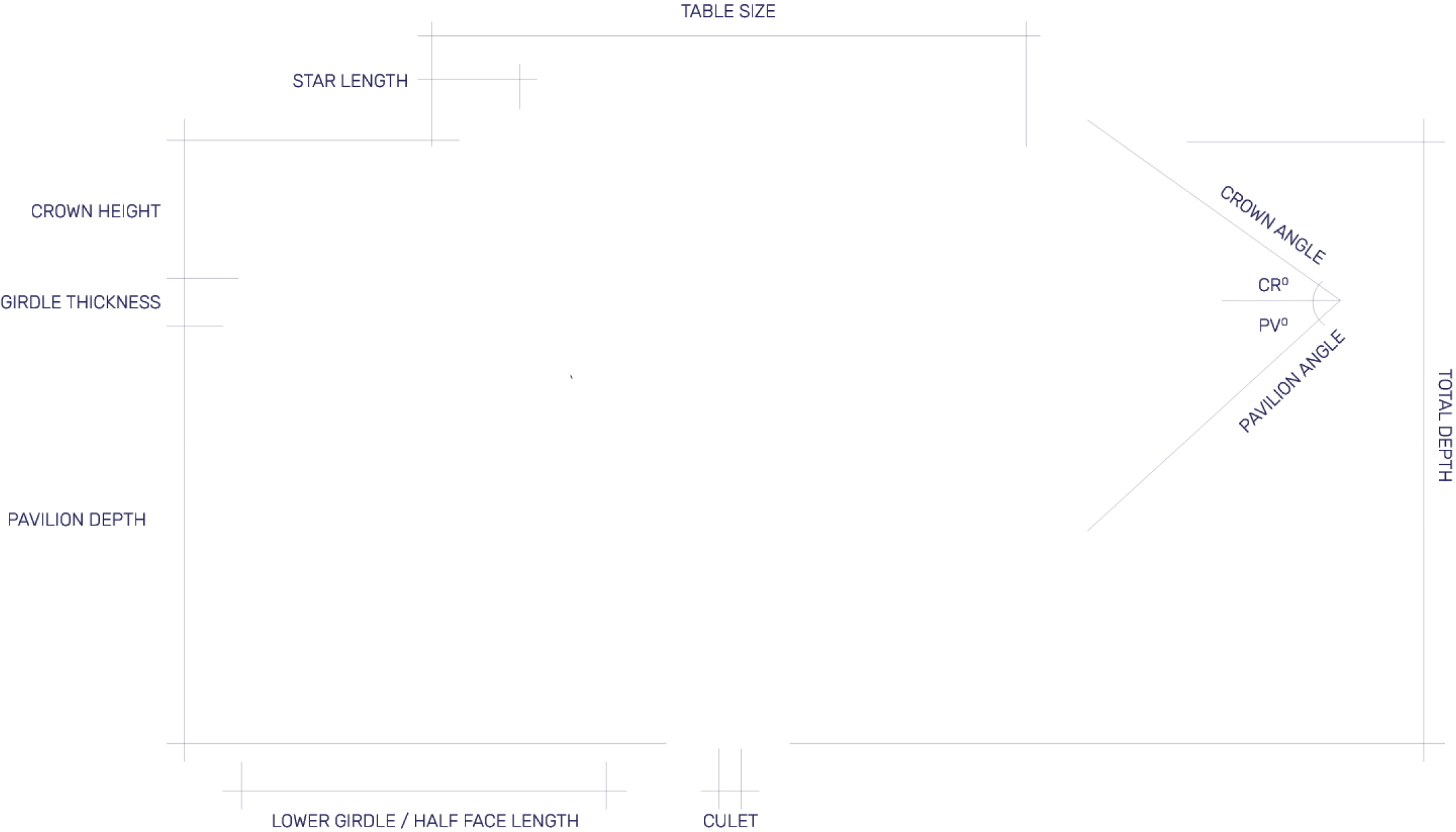
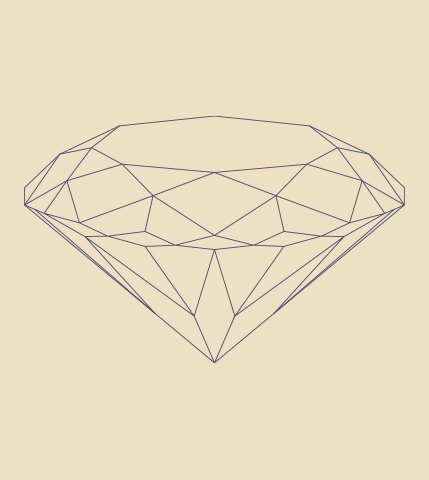
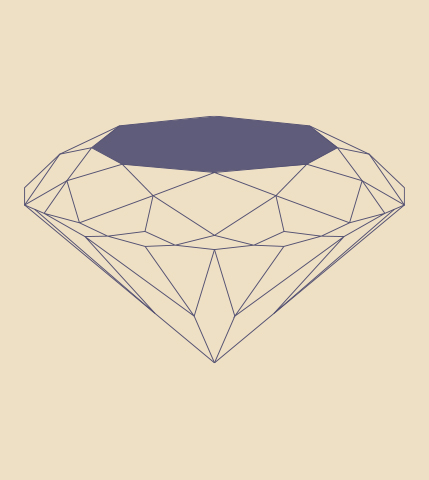
Table
- Largest facet of a diamond
- Always a flat surface
- Resembles a table top

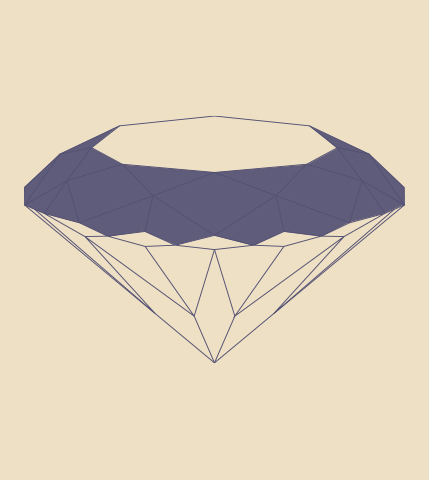
Crown
- Extends from the table
- End at the top of the girdle
- Steps or brilliant cut facets

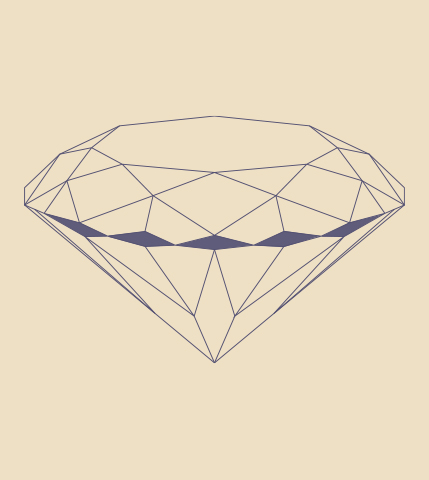
Girdle
- Outer edge of diamond
- Widest point on a diamond
- Where the crown and pavilion meet
- Either rough, polished or faceted
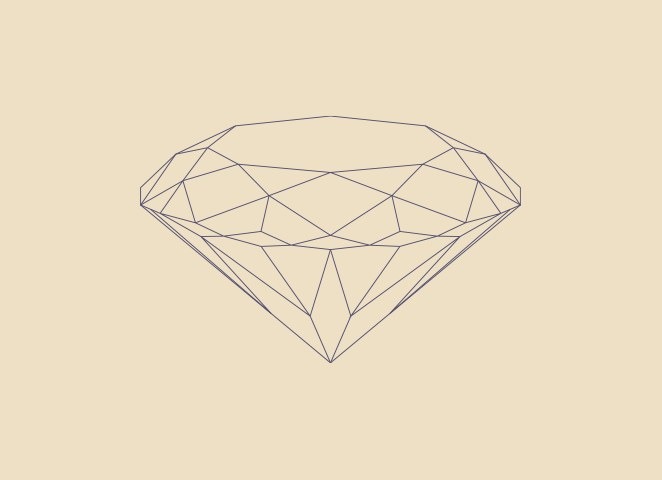
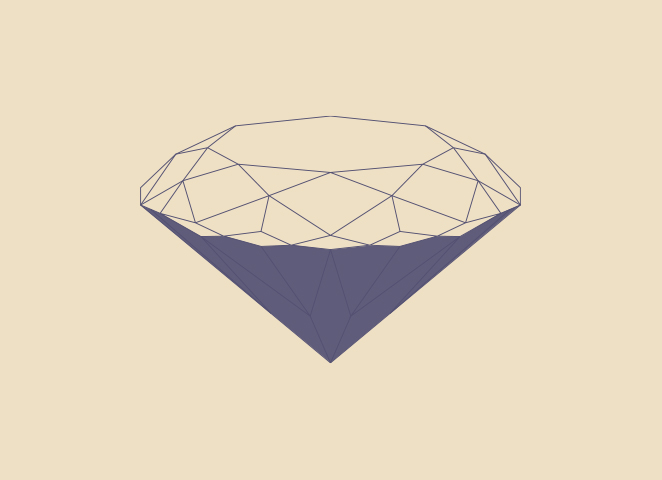
Pavilion
- Located at the bottom
- Bridges the girdle and cutlet
- Determines light reflection
- Quality cuts allow for maximum light

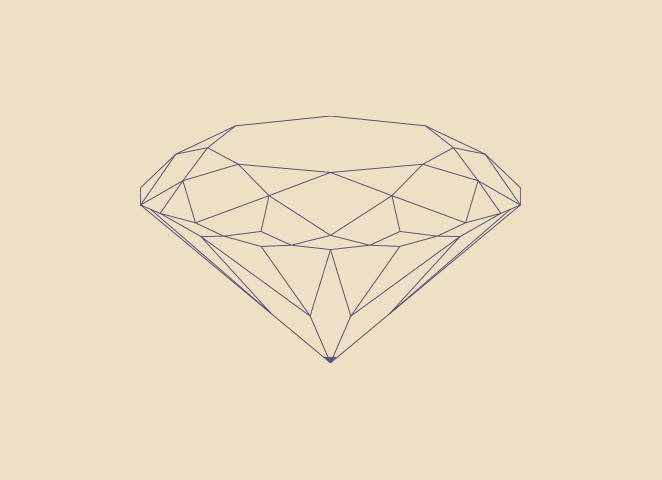
Cutlet
- Smallest facet of a diamond
- Located at the very bottom tip
- Used to protect the pavilion
- Modern methods render it
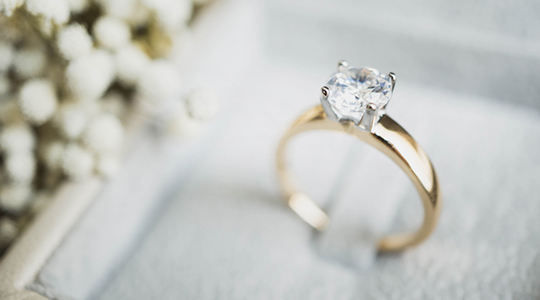
400 BC
First signs of diamonds being traded in India
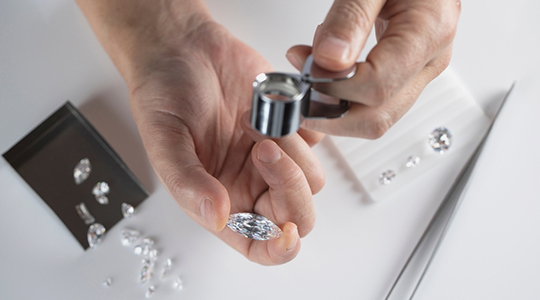
1400 BC
Diamonds became fashionable among Europe’s elite

1477
First diamond engagement ring was made (Archduke Maximilian of Austria & Mary of Burgundy)
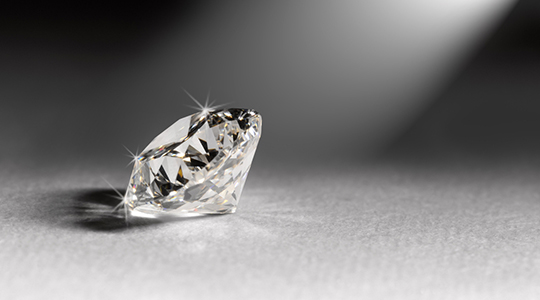
1797
Discovered that diamonds are pure carbon. First unsuccessful attempt at creating diamonds

1866
First major diamond discovery in South Africa
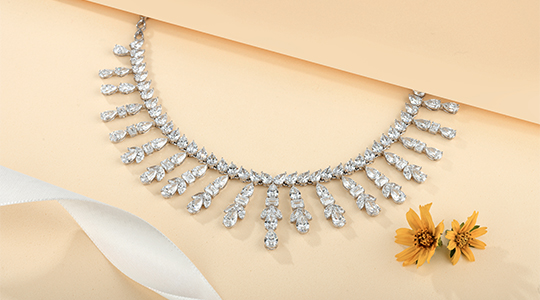
1879
Earliest success at growing lab diamonds (James Ballantyne Hannay, Scotland)

1888
Cecil Rhodes established the company De Beers

1905
3106.75 carat culling diamond was found in South Africa (Biggest earth-mined diamond ever found)

1931
The Gemological Institute of America (GIA) was founded

1941
General Electric’s diamond synthesis project was started in USA

1947
De Beers coined the famous slogan: “A Diamond Is Forever”

1951
General Electric’s project was restarted after World War II and finished successfully in 1954

1954
Lab grown diamonds became available (using HPHT)

1962
First Detonation Nano-Diamonds (DND) were created (Yevgeny Zababakhin, Social Union)

1975
IGI, world’s largest independent gemological laboratory was established

1977
Cubic Zirconia (CZ) stones became available

1993
Detonation Nano-diamonds began to appear but continued to be uncommon

1998
Moissanite became available as an alternative to CZ

2003
The process of Chemical Vapour Deposition (CVD) to cultivate diamonds was made known

2009
It was estimated that 15 million carats of conflict diamonds were laundered every year via Dubai and Hong Kong

2012
586 million crates of lab diamonds were imported to the USA

2018
FTC dropped the word ‘natural’ from the definition of diamond, lab grown diamonds were widely accepted by consumers across the globe
The Four Cs of Diamonds
A precious mineral resource in the Earth’s mantle, diamonds have become a highly sought-after gemstone. The unique combination of its characteristics makes each diamond unique and determines its distinctive quality and value.
The four Cs of diamonds stand for Cut, Color, Clarity, and Carat Weight, which together determine the price of a diamond. While the first three are natural elements, the fourth one depends on craftsmanship. Hence, cut is a human factor. Today, every professional and diamond enthusiast alike uses this system to make well-informed purchases.
The cut of a diamond is the most important factor in determining its brilliance and overall beauty. It determines sparkle and fire in a diamond. Poor cut can make a diamond appear smaller, while a well-cut diamond directs more light. Too shallow or too deep depth can cause light to escape.

Shallow Cut
A diamond cut haphazardly is termed as shallow cut. Light escapes through its pavilion, the lower part of the diamond, reducing its sparkle greatly.

Ideal Cut
A well-cut diamond will reflect light back through the crown. The beauty of ideal cut is that it forms hearts and arrows if viewed through a magnifying glass from top to bottom and vice versa.

Deep Cut
A deep cut diamond will have a similar effect to the shallow cut, refracting light through the pavilion again.
Diamonds are graded in colour from D to Z, the scale begins with D (colourless) and finishes at Z (light yellow or brown). A colourless stone will allow maximum light to travel through it and increase its brilliance. D to Z diamonds are also known as white diamonds, even though most diamonds, including H colour diamonds and G colour diamonds, have varying amounts of colour.
It’s very difficult to tell the difference from one colour grade to another colour grade. That’s why it’s important to compare diamonds side by side
Fancy coloured Diamonds
Fancy coloured diamonds are not graded on the same scale as colourless diamonds and are rarer, making them more valuable and expensive.
This refers to the inclusions (internal) or blemishes (external) held by the stone. A diamond’s clarity is determined under a 10x loupe magnification. Hence, it doesn’t affect your experience when looking at diamonds with the naked eye. Clarity can be graded as per the terms mentioned below.
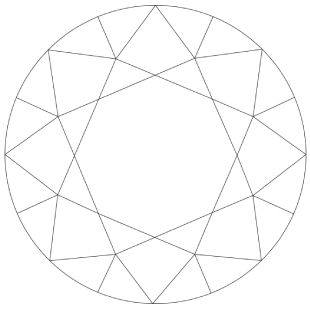
Flawless (FL)
A diamond that is graded as flawless contains no inclusions or blemishes even under magnification.

Internally Flawless (IF)
These diamonds do not contain any inclusions but may contain very small blemishes under magnification.
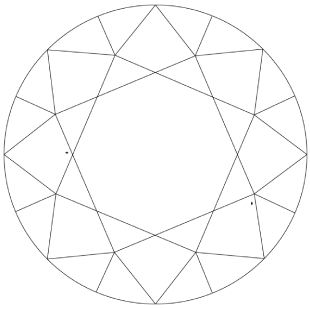
Very Very Slightly Included (VVS1, VVS2)
These diamonds contain inclusions so minute, they are barely visible to the trained grader under magnification.
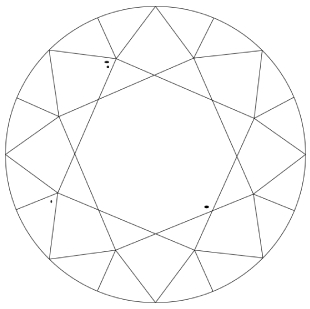
Very Slightly Included (VS1, VS2)
These diamonds contain minor inclusions not visible to the naked eye, but are apparent under magnification
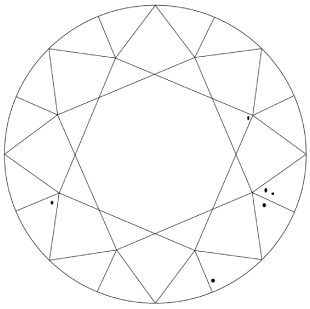
Slightly Included (SI1, SI2)
These diamonds contain inclusions that are visible under magnification, and can occasionally be visible to the naked eye under close inspection
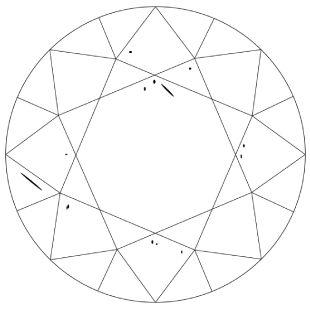
Included (I1, I2, I3)
These diamonds contain noticeable inclusions that are almost always visible to the naked eye.
Grading the Cut of a Diamond
A precious mineral resource in the Earth’s mantle, diamonds have become a highly sought-after gemstone. The unique combination of its characteristics makes each diamond unique and determines its distinctive quality and value.
The four Cs of diamonds stand for Cut, Color, Clarity, and Carat Weight, which together determine the price of a diamond. While the first three are natural elements, the fourth one depends on craftsmanship. Hence, cut is a human factor. Today, every professional and diamond enthusiast alike uses this system to make well-informed purchases.
Fifth C of Diamond
Technically, the only Cs of diamonds are Cut, Color, Clarity and Carat. However, Greenlab Diamonds LLP refers to an additional criteria as the fifth C of Diamond Grading – the certification of diamonds, specifically the IGI certificate.
A qualified grader can issue a certificate with the Four Cs of a diamond. Reputable jewellery companies issue certificates of authenticity, though may not be accepted in the market. A slight mistake in grading can affect its value, so it’s best to trust an IGI certificate which is known to be strict and accurate.





